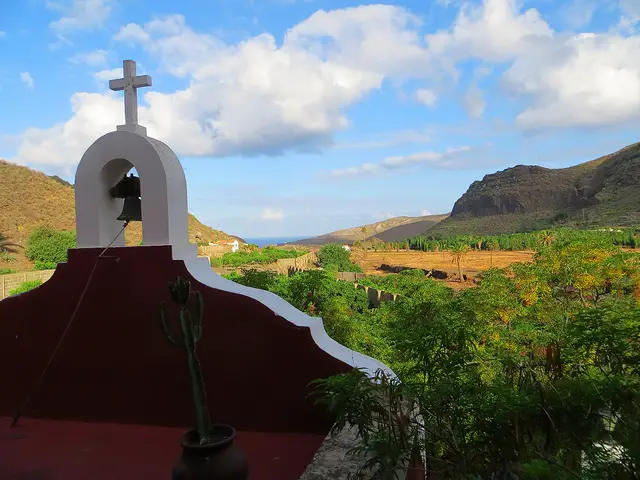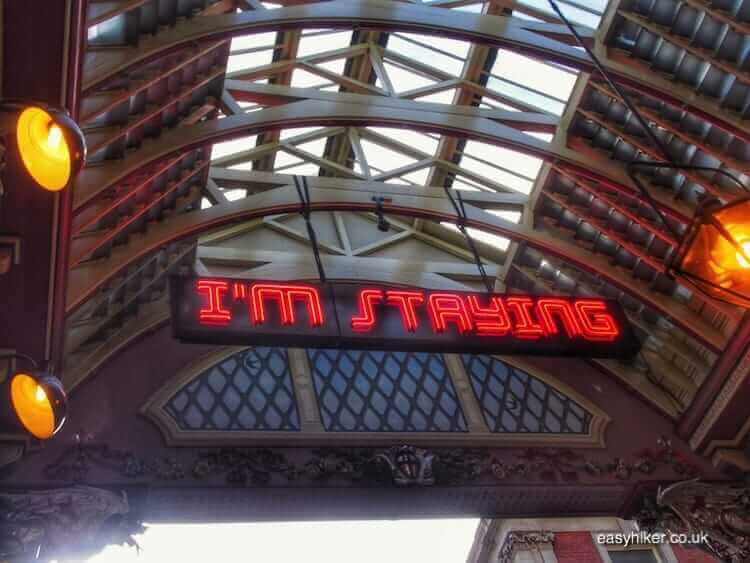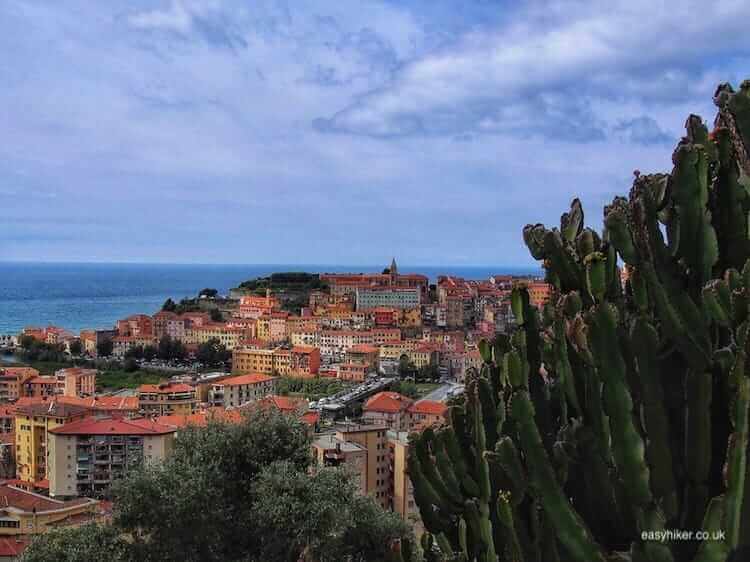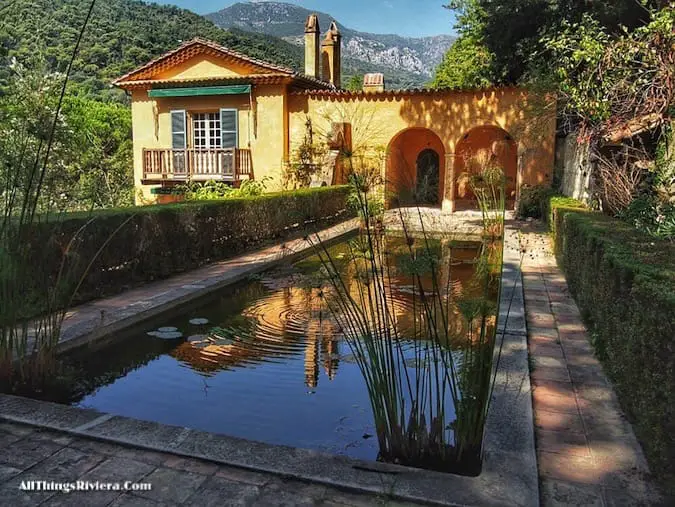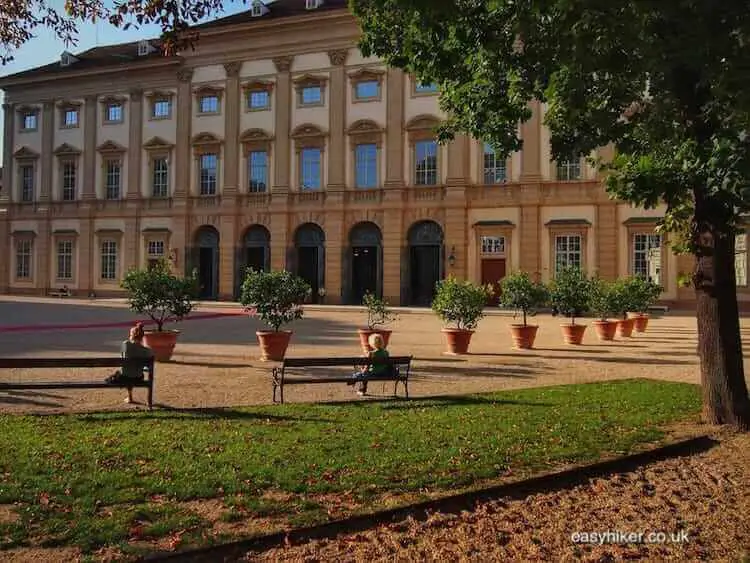Of all the combat actions and hostile encounters that together make up the Battle of the Bulge, the struggle for Bastogne in eastern Belgium is the one you are most likely to have heard about.
One reason for the fame of Bastogne in the Battle of the Bulge is the undoubtedly great psychological importance that the siege of the area acquired in the later stages of WWII.
The Germans badly wanted this consolation price after their counteroffensive in the Ardennes had stalled, and the Americans tried to deny them as passionately, smelling a wonderful chance of breaking their enemies’ moral and mental resolve just before taking the war into Germany itself.
But there is a second reason: Bastogne has been “done” in a major Hollywood production, i.e. in Steven Spielberg’s epic TV series Band of Brothers. (This is increasingly the only way for any historical event to survive in memory: I am on celluloid, therefore I exist.)
Two walks have been laid out to commemorate the events of 1944/45, and they are short enough (at approx. 3 km each) to be combined in a single day. We recommend them both, not least because they complement each other in interesting ways.
Walks to Salute the Fame of Bastogne
The first walk begins at the Mardasson War Memorial just outside of Bastogne.

Walk to the Seward Johnson statue (called “The Kiss”), which is based on the famous photo from the VE Day celebrations 1945 in New York …
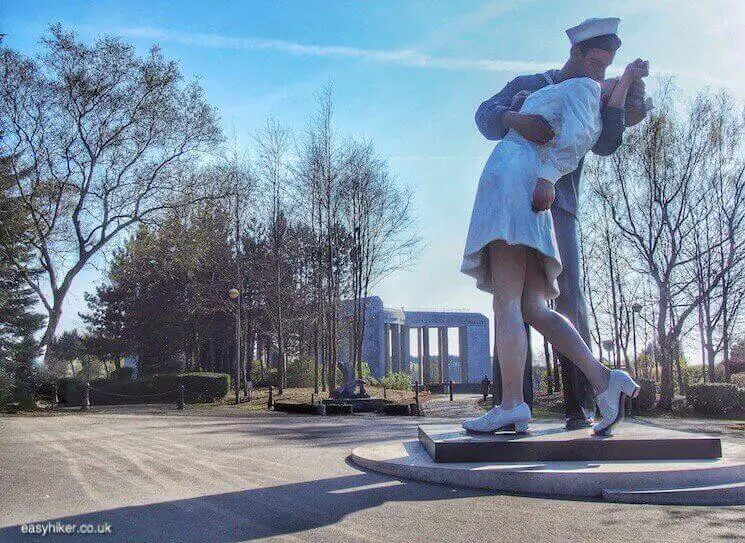
… and turn left into the footpath just behind, leaving the museum on your left hand side. This Promenade du Bois de la Paix will lead you – through bucolic countryside – towards the village of Bizory and the Parc Animalaine where you have to turn left and then right after approx. 200 metres.
On this walk to salute the fame of Bastogne, look for the brown arrow that tells you where to turn left into the “Forest of Peace” …
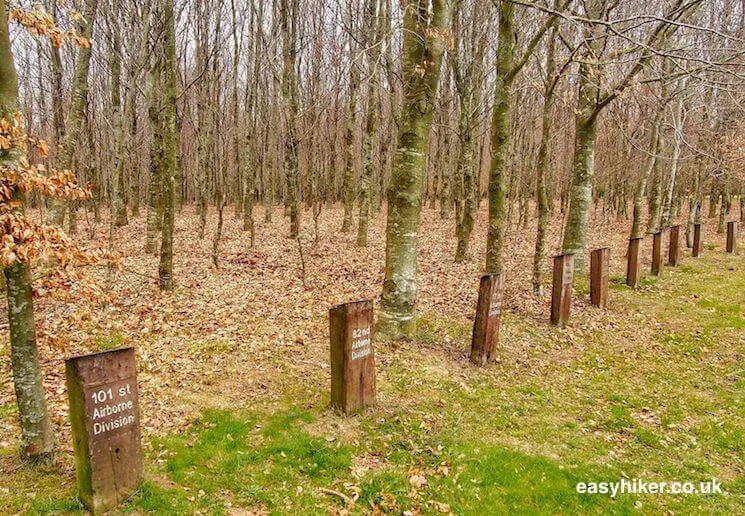
… where, for the 50th anniversary of the battle, 4000 trees were planted to commemorate the soldiers and civilians who had died in the Ardennes. Every veteran who returned here in 1994 could choose a tree which will forever bear his name (or hers: you will be surprised).
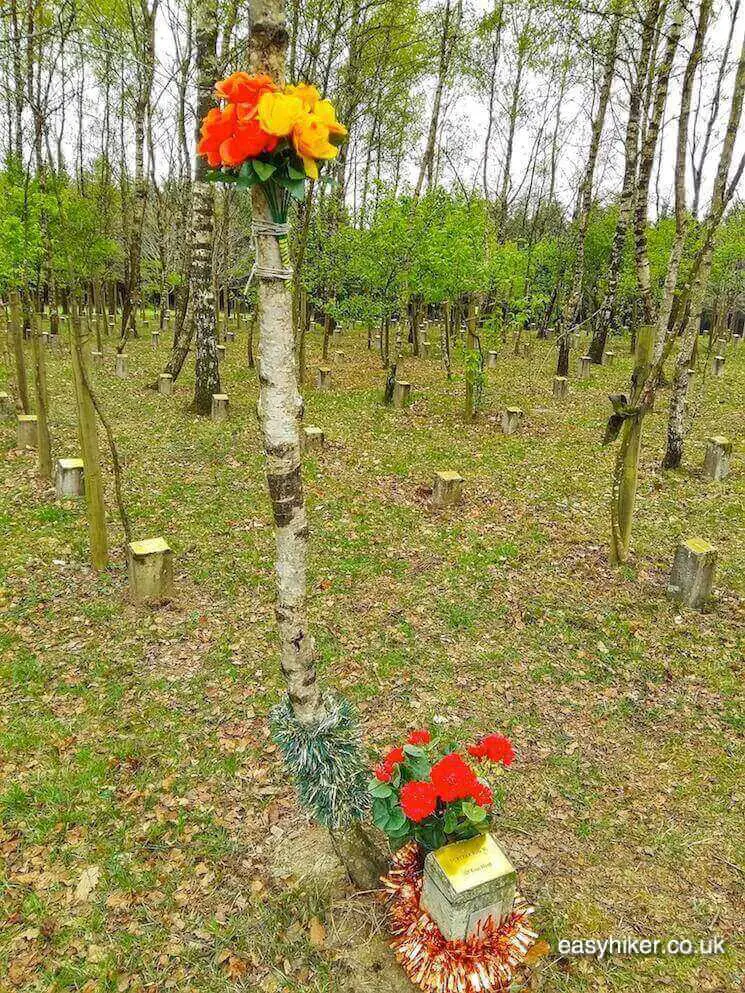
For the second walk, we must travel to the village of Sainlez approx. 10 km south of Bastogne.
What is often lost in the history of war is the story of the civilians. We talk of “theatres of war” but forget that these “theatres” are not purpose-built arenas and that their “wars” are fought in places where people are trying to carry on with their unheroic little lives: places where they go to work, send their children to school, go to church or to the pub.
The Battle of the Bulge, with specific poignancy, started on 16 December 1944, so that the inhabitants of Ardennes villages like Sainlez found themselves under attack one week before Christmas. It was the lucky villagers who were consequently locked up in their barns while German soldiers ate their food. (In a dispute between a tank full of battle-hardened, hungry soldiers and a farmer over the right of access to a well-stocked farmyard larder, the farmer rarely wins.)
For the unlucky ones, however, this would be the last Christmas they were ever to see. Hundreds of civilians died in the fighting that ensued when the Americans returned to push back the Germans for a second time.
And just like their inhabitants, the villages themselves could be categorized according to their good or bad fortunes: the lucky ones found that the Yanks, who had been so enthusiastically welcomed in September, returned in a foul mood, afraid of hostile collaborators and Germans snipers hiding in farmhouse attics.
The village of Sainlez was among the unlucky ones and, quite literally, razed to the ground during the fighting.
Long after the villagers had come back and built themselves new homes, they laid out a “Peace Walk” in memory of the events of that dreadful winter, …
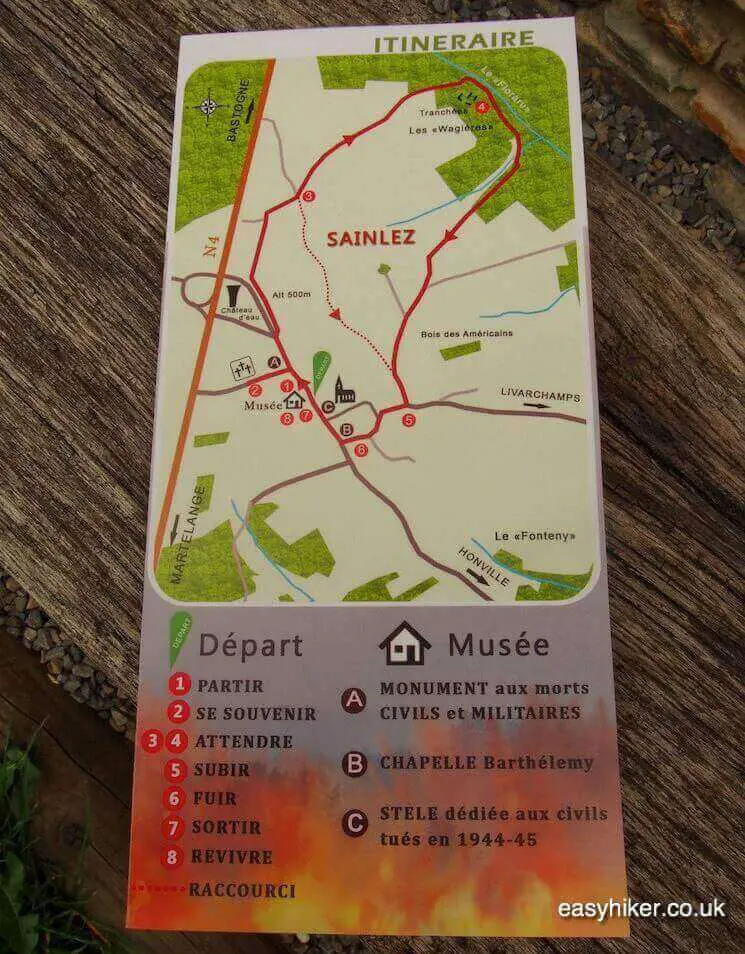
… which centers on the only building that the enemy armies had left standing: a barn then, since converted into a small but lovingly furnished museum.
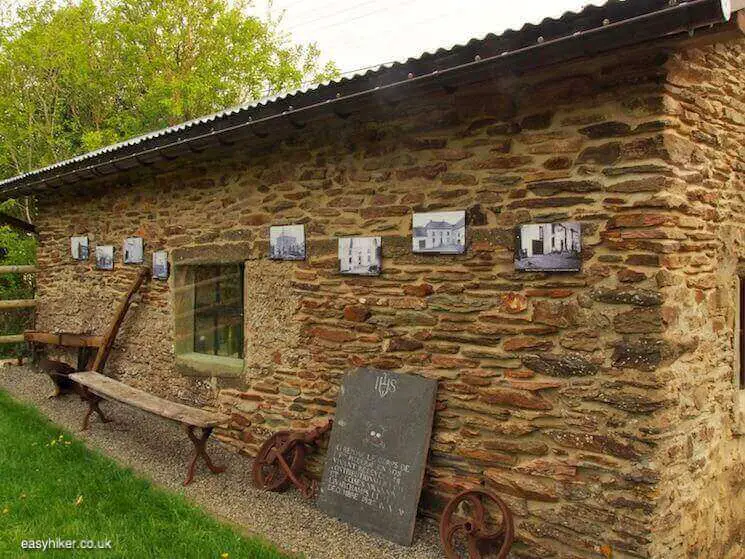
There are, of course, other ways of commemorating the Battle of the Bulge. Instead of taking a hike, you can visit two museums in the area which, just like the above walks, perfectly complement each other: Luxembourg’s National Museum of Military History in Diekirch, a fascinating collection of objects, documents and military hardware, and the Bastogne War Museum which concentrates more on narrative and a recreation of the wartime experience.
And then there is the most heartbreaking way of all to revisit this particular chapter of European history: a tour of military cemeteries.
If you go to Hamm or Margraten in the southern Netherlands, you will see where the US Army has proudly put its dead to rest. These are places of calm and dignity, with monuments, blossoming trees and guides who are eager to bring home the reality of war to a new generation of visitors, now that the generation with first-hand experience of WWII is slowly disappearing over the horizon of history.
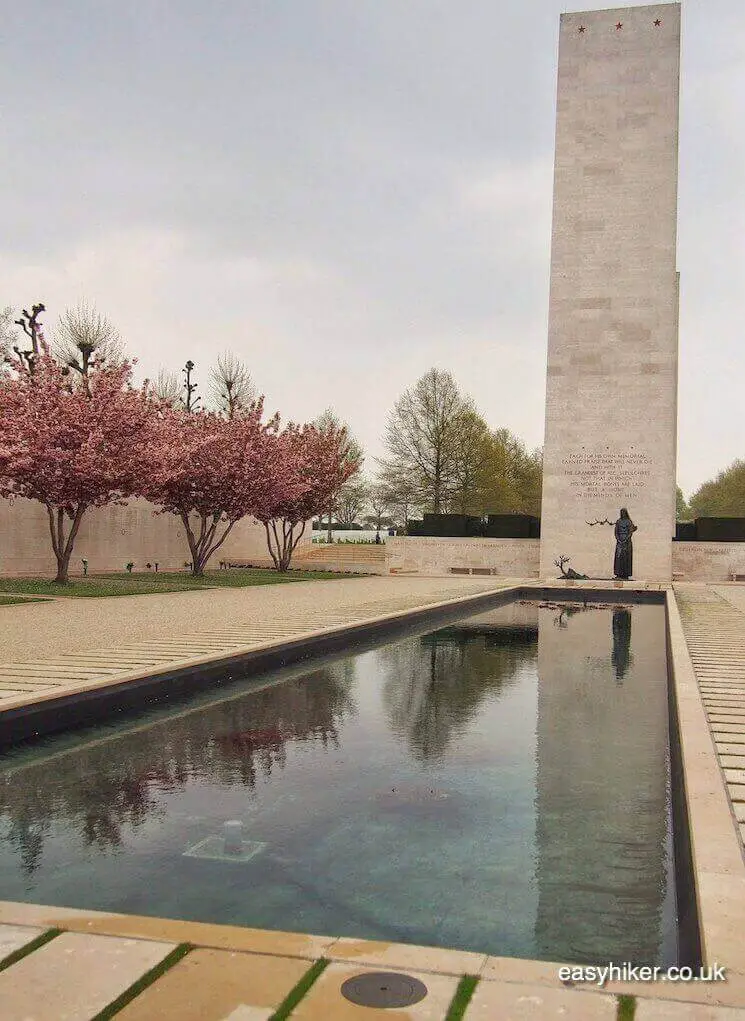
The Recogne war cemetery, meanwhile, tells a different story. 7000 German soldiers were buried here, but no-one has been proud of their sacrifice, and modern Germany has for 70 years tried to forget not to remember them.
And since German war graves also identify the year in which these soldiers were born, it is here where the true nature of this or any other war is most clearly revealed: that most of the men who do the fighting are actually not men at all but boys, not the John Waynes and Gary Coopers of your average war movie but pimply-faced teenagers.
All wars are “children’s crusades”, in the words of the author Kurt Vonnegut who himself fought in WWII, barely out of his teens, and who was taken prisoner, incidentally, during the Battle of the Bulge from where he was brought to Dresden to witness a different kind of massacre in a different type of “slaughterhouse”. Or, in the words of the man himself: “So it goes.”
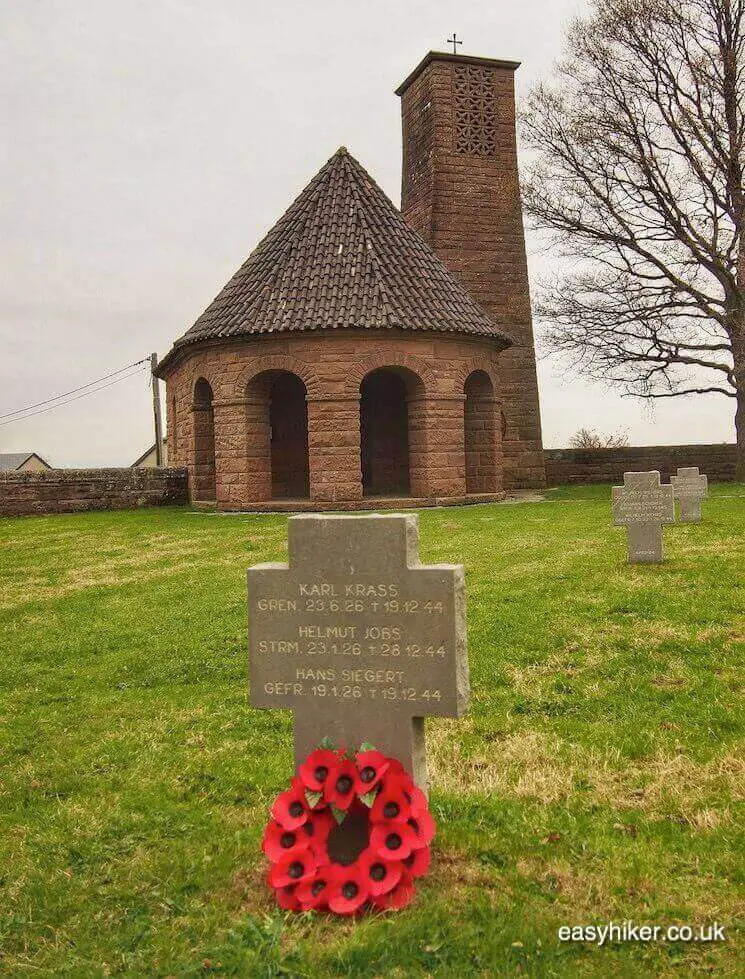
We hope, with our features on the Liberation route, you have been moved to plan and make this “pilgrimage” on the 75th Anniversary of D-Day (2019) in honour of the fallen heroes of the Battle of the Bulge. But you don’t need to wait till then.

